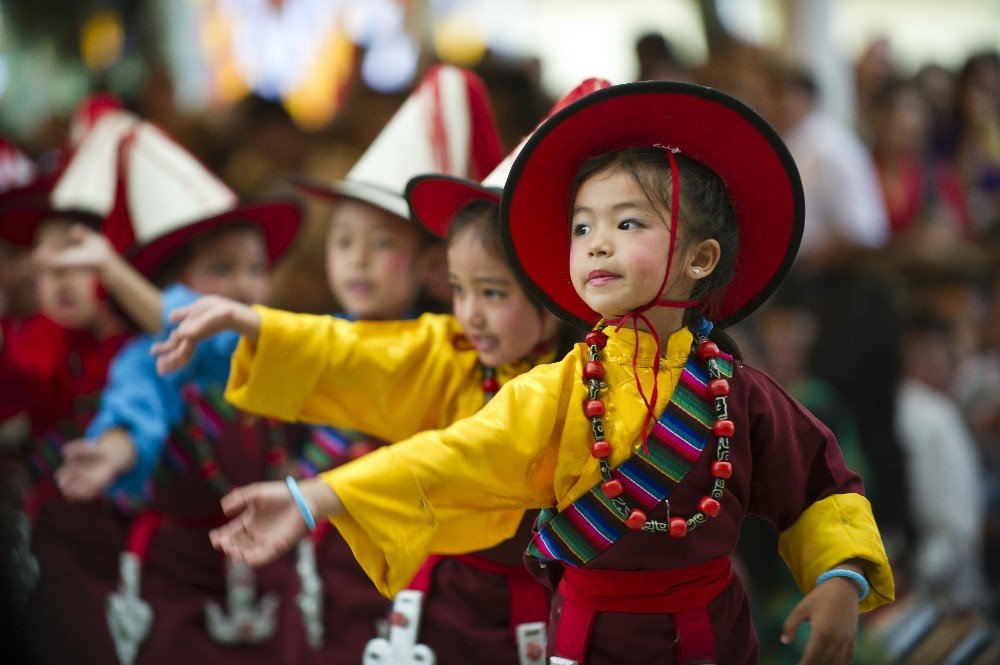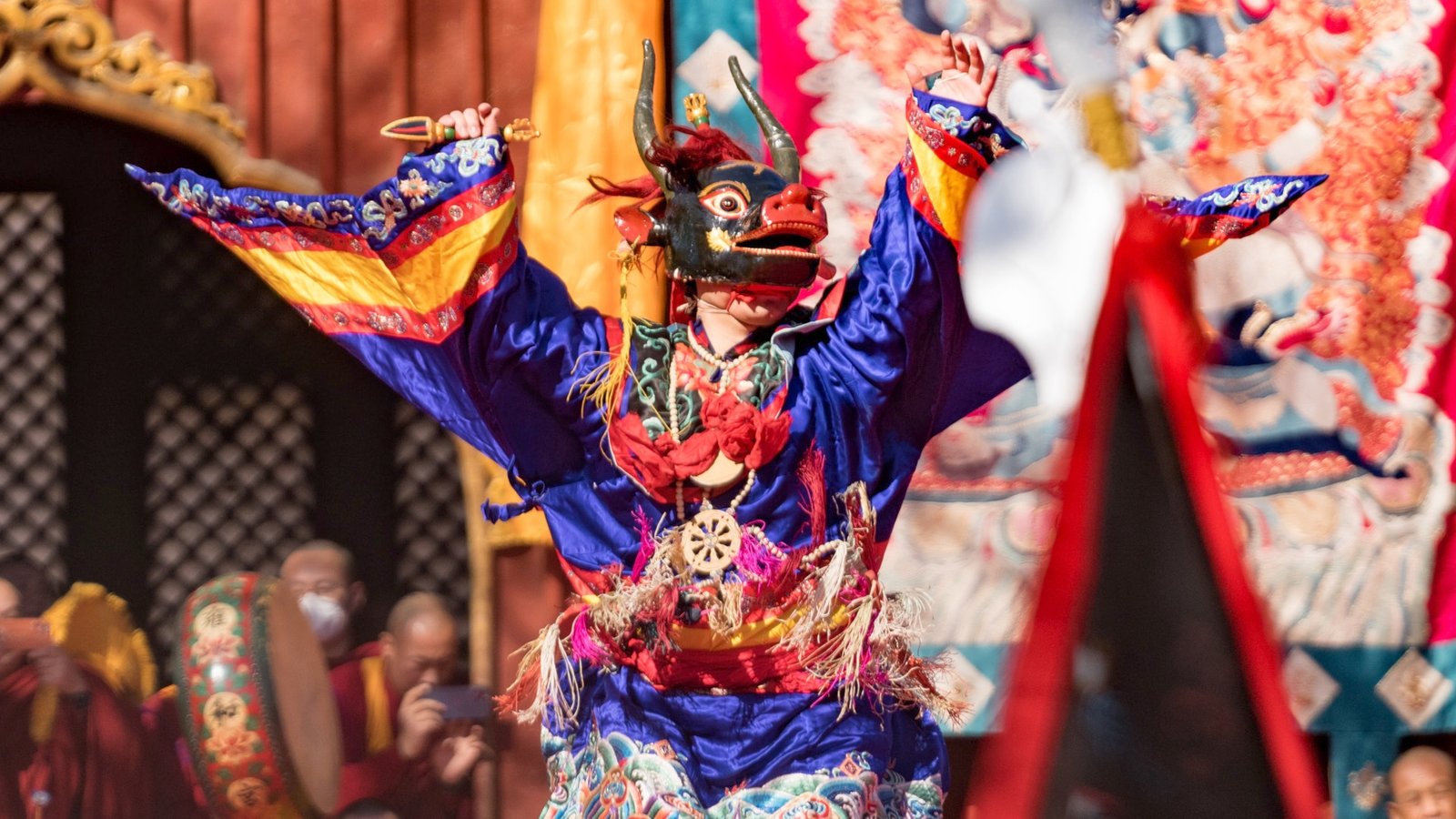Tibet, a land steeped in ancient traditions and rich cultural heritage, is home to a vibrant array of festivals that reflect its unique identity. These festivals offer a glimpse into the soul of Tibet, showcasing its art, music, dance, and spirituality. As 2024 dawns, Tibetans around the world prepare to celebrate their cherished festivals, each one a testament to their indomitable spirit and unwavering faith.

Losar, the Tibetan New Year, marks the beginning of the Tibetan calendar and is celebrated with great enthusiasm and reverence. Elaborate preparations commence weeks in advance, with families cleaning their homes, preparing traditional dishes, and decorating their altars with auspicious symbols. On the first day of Losar, Tibetans gather in monasteries and temples to offer prayers and seek blessings for the coming year. The streets come alive with colorful processions, folk dances, and music performances, creating an atmosphere of joy and festivity.

Monlam Chenmo, known as the Great Prayer Festival, is a significant event in the Tibetan Buddhist calendar. Held annually in February or March, it is a month-long celebration characterized by fervent prayers, fasting, and spiritual purification. Thousands of monks assemble in the majestic Ganden Monastery, reciting sacred texts and engaging in tantric rituals. Devotees from near and far gather to witness this grand spectacle, seeking blessings and inner peace.

Saga Dawa, also known as the Buddha’s Month, is a time of great spiritual significance for Tibetan Buddhists. It commemorates the birth, enlightenment, and passing of Lord Buddha and is observed in May or June. Pilgrims embark on arduous journeys to holy sites, circumambulating sacred mountains and paying homage at revered monasteries. Special prayers, teachings, and meditation sessions are held, providing an opportunity for spiritual reflection and renewal.
Yarthong Choesam is a unique festival celebrated exclusively in the Yarlung Valley of Central Tibet. It takes place during the summer months and features a captivating blend of traditional sports, music, and dance. Yak racing, archery contests, and horse racing are some of the highlights of the festival. Spectators gather in colorful attire, cheering on their favorite competitors and immersing themselves in the lively atmosphere.
The Shoton Festival, held in August or September, is a vibrant celebration that marks the end of the monsoon season. It is particularly popular in the capital city of Lhasa and is known for its grand opera performances, featuring elaborate costumes, mesmerizing music, and poignant tales from Tibetan history and mythology. The streets are adorned with vibrant decorations, and locals gather to enjoy picnics, watch traditional Tibetan operas, and participate in various cultural activities.
These festivals are not mere cultural events; they are the heart and soul of the Tibetan people. They provide an opportunity for Tibetans to connect with their heritage, express their devotion, and celebrate their unique identity. In the face of adversity and displacement, these festivals serve as a reminder of their indomitable spirit and their unwavering faith in the preservation of their culture and traditions.
As 2024 unfolds, Tibetans across the globe will gather to celebrate these festivals with renewed fervor and devotion. Whether in Tibet, India, Nepal, or Bhutan, the spirit of Tibetan culture will shine brightly, illuminating the hearts and minds of all who witness these extraordinary events.